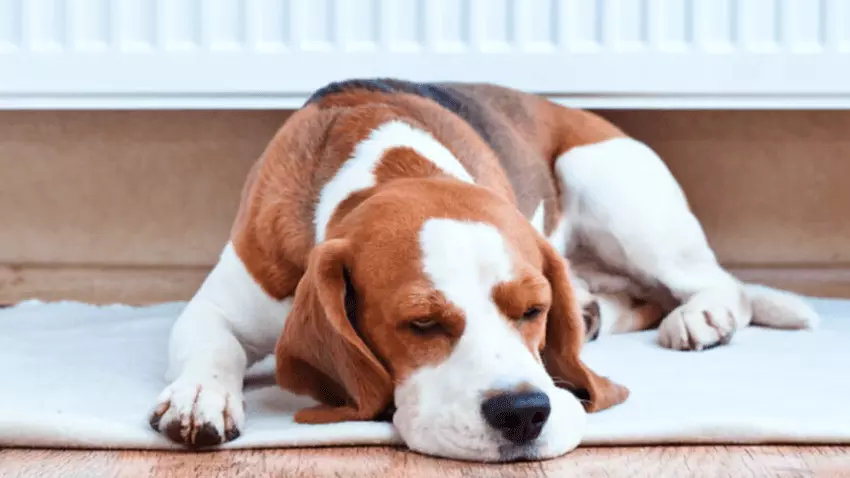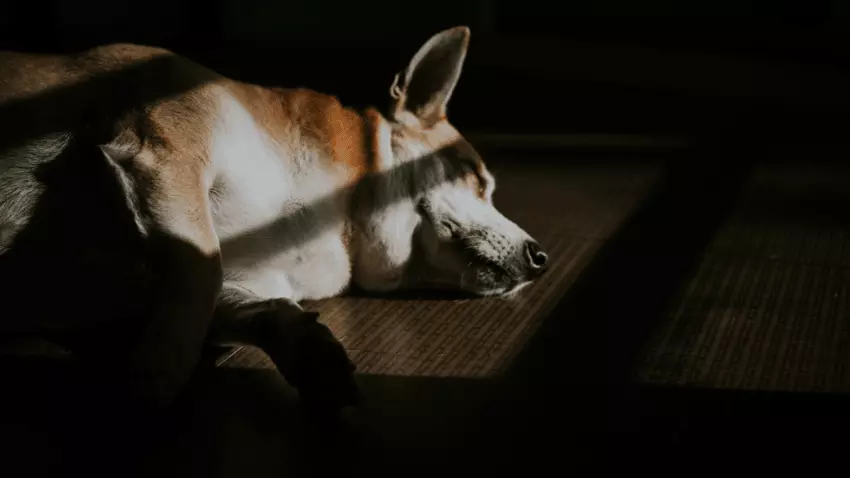Dog Euthanasia: How To Send A Dog To Sleep
Making the decision to put your dog to sleep is one of the most difficult choices a pet owner may face. It is important to consider your dog’s quality of life and overall well-being. Monitor their behavior, appetite, mobility, and overall happiness.
If your dog is suffering from a terminal illness, experiencing chronic pain, or if their quality of life has significantly deteriorated, it may be time to consider euthanasia. It is always best to consult with your veterinarian to discuss your dog’s specific condition and receive professional guidance on euthanasia pros and cons.

Another important aspect to consider is your own emotional well-being. It can be challenging to see your beloved companion in pain, but it is essential to make decisions based on what is best for them. Remember, euthanasia for dogs is a compassionate choice to end their suffering and provide them with a peaceful passing.
Once you’ve made the difficult decision, do you know how to send a dog to sleep? We’ll cover all of that in today’s article.
Making the Difficult Decision: Veterinary Consultation and Second Opinions
When considering euthanasia for your dog, it is crucial to consult with your veterinarian. They can provide valuable insights into your dog’s condition, prognosis, and available treatment options. Your vet can help you assess your dog’s quality of life and provide guidance on the right time to consider euthanasia.
If you are unsure or want a second opinion, it is perfectly acceptable to seek consultations from other veterinarians. Different perspectives can help you make an informed decision and ensure you are doing what is best for your dog. Remember, you are your dog’s advocate, and seeking multiple opinions is a responsible approach.

My childhood dog had bone cancer and we chose not to do chemotherapy because he was almost 10 years old. He had pain medication to make sure he could still live a fulfilling and mobile life. After a few years, his health started to degenerate quickly. Still, he was able to walk, run, and play, and he had a very healthy appetite.
At the very end, he started to have very loose stool and a couple of blowout accidents in the house. Still, we didn’t think he was ready to be euthanized. Finally, one day, he decided he no longer wanted to eat. We tried to give him things he normally loved like steak and bone broth.
After 24 hours, he still hadn’t eaten a bite or drank any water so we took it as his sign that he was ready to go. Seek the advice of your vet and don’t forget to listen to your dog.
Exploring Options for Dog Euthanasia
Once you have made the difficult decision to move forward with dog euthanasia, there are several options available to ensure a peaceful and compassionate process. There are different environments you can choose depending on cost and personal preference. Discuss the options with your veterinarian and decide what best suits your dog’s needs and your personal preferences. The goal is to create a peaceful and loving environment for your dog’s final moments.

At your dog’s regular veterinarian clinic
This option is the most straightforward since you already know your veterinarian. If your dog is not stressed out when going to the vet, this is a good option. This option is the least comfortable since it is a standard clinic, but you can bring things to make it more comfortable. I suggest a thick and comfortable blanket and their favorite toys.
At a specialty clinic
A specialty clinic with euthanasia services will have a room with a comfortable couch and other furniture to simulate a home environment. This will allow you and your family somewhere comfortable to say your last goodbyes. This is also a comfortable environment for your pet so they are not stressed during their last moments.
At home
This option will be the most comfortable for you and your family because your dog can spend its last moments in the comfort of its home. It may take a little more work to find someone who will perform the house call and this option may cost more than the others.
Preparing Emotionally: Coping with Grief and Making Final Memories
Preparing emotionally for the loss of your dog is an important part of the process. Grief is a natural response to losing a beloved pet, and it is essential to give yourself permission to grieve. Reach out to friends, family, or support groups who can provide understanding and comfort during this difficult time.
Making final memories with your dog can also be a meaningful way to cope with the impending loss. Spend quality time together, engage in activities they enjoy, and create lasting memories. Take photos, write in a journal, or even consider creating a special keepsake to honor their memory. These actions can provide solace and help you remember the joyous moments you shared.
Practical Preparations: Creating a Comfortable Environment
Before the euthanasia appointment, it is important to create a comfortable environment for your dog’s final moments. Choose a quiet and peaceful location where your dog feels safe and secure. Ensure they have a soft and cozy bed or blanket to lie on. Play soothing music or use aromatherapy to create a calming atmosphere.
Additionally, consider whether you want to have a private euthanasia at home or at the veterinary clinic. Discuss the options with your veterinarian and decide what best suits your dog’s needs and your personal preferences. The goal is to create a peaceful and loving environment for your dog’s final moments.

The Euthanasia Process: What to Expect and How to Support Your Dog
During the euthanasia process, your veterinarian will first ensure your dog is comfortable and relaxed. They may administer a sedative to help your dog feel at ease. Once your dog is relaxed, the veterinarian will administer the euthanasia solution, which is a painless and peaceful process.
You can choose to stay with your dog during the procedure or have a trusted family member or friend accompany them. Holding your dog, speaking soothingly, and providing gentle touches can help reassure them and provide comfort. It is important to remember that you are giving them the gift of a peaceful passing, surrounded by love and compassion.
After the euthanasia, you may choose to have your dog cremated or buried. Discuss these options with your veterinarian or a pet cremation service. Take time to grieve and honor your dog’s memory in a way that feels meaningful to you.

Conclusion
In conclusion, making the decision to put your beloved dog to sleep is a difficult and emotional process. It is important to consider your dog’s quality of life and consult with your veterinarian to determine the right time. Exploring options and seeking multiple opinions can provide valuable insights.
Preparing emotionally and making final memories with your dog can help you cope with the impending loss. Creating a comfortable environment for your dog’s final moments is essential. During the euthanasia process, providing support and love to your dog is crucial.
Remember, euthanasia is a compassionate choice to end their suffering. Take the time to grieve and honor your dog’s memory in a way that feels meaningful to you. If you want to learn more about this topic or need further guidance, continue exploring resources and reach out to support networks.
Frequently Asked Questions
How much does putting a dog to sleep cost?
On average, the cost of euthanasia for dogs ranges from $50 to $300 or more. Dog euthanasia costs can vary depending on various factors such as location, veterinarian fees, and additional services. Some veterinary clinics may also offer additional services such as communal or private cremation, memorial keepsakes, or burial options, which can incur additional costs. Consult with your veterinarian to get a more accurate estimate for your specific situation.
How much does dog cremation cost?
On average, dog cremation can range from $100 to $400 or more. The cost of dog cremation can vary depending on several factors, including location, the size of your dog, and the type of cremation service you choose. Some factors that can affect the cost include whether you opt for communal or private cremation, if you want a memorial keepsake, or if you prefer to have your dog’s ashes returned to you.
What if my dog died on it’s own?
If your dog died on its own whether it was slowly or suddenly, you can skip the euthanasia and find a cremation service.
